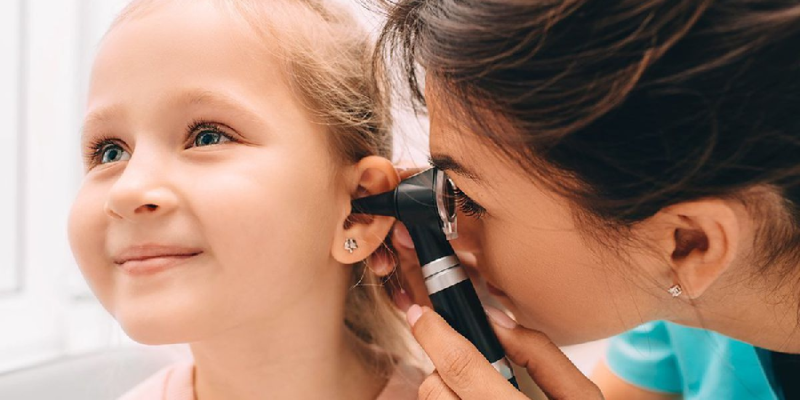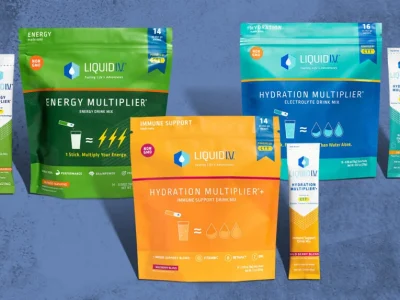For audiologists, an otoscope is one of the most important tools in their tool belts. It is absolutely necessary to check your patients ears before a hearing test as well as monitor their general ear health during routine check-ups. Many outer and middle ear disorders are first noticed during an ear exam so having a good otoscope and knowing what to look for are imperative to quality care!
So we know an otoscope is an important piece of equipment, but what makes an otoscope good? Halogen? LED? Pocket-sized? Fiber-optic? Rechargeable? There are so many different factors to consider when choosing the right otoscope for you. Price is typically the guiding factor for most people when choosing an otoscope as they are expensive pieces of equipment, but it is important to make an investment in you and the quality of care that makes sense for your patient’s needs.
One of the first choices to make is whether you want rechargeable or battery-operated. Most technology is moving towards a rechargeable format for its convenience and lasting power as traditional batteries are typically thought of as more wasteful and cumbersome. Both have their pros and cons and it is purely a personal preference.
Otoscopes come in multiple sizes, full-sized, pocket-sized, and video. Pocket-sized otoscopes are lighter, smaller, and typically battery powered. They are great for those who might travel for exams or are looking for a more affordable option. Full-sized otoscopes are larger and heavier and have more customization options. Oftentimes you can mix and match different types of heads and handles so you can expand your repertoire a little more cost-effectively as your needs might change. You can get heads with different magnifying abilities, probes, or other special features. Video otoscopes are used specifically to take images and videos during an exam or to project what you are seeing onto a computer or other screen. This offers the ability to save images and view them later or share them with another healthcare professional. It also allows you to see a magnified image on a larger screen. Although these are great tools for your practice or for teaching they are not always necessary. All three types are great options and the kind of otoscope you choose is again up to personal preference and the type of care you are giving.
Now getting into the more nitty-gritty is the type of bulb used in the otoscope. There are three main types that are commonly used: LED, halogen, and xenon. Each has its own unique illumination and color properties. LED is the brightest light available, then xenon, and halogen as the weakest. LED and xenon also have a more white light and LED’s in particular are extremely long lasting bulbs. Halogen bulbs on the other hand offer a softer, warmer light that most naturally portrays the color of the eardrum. However as technology improves so does the ability for LED’s to best represent accurate color. Halogen bulbs might be better for determining slight differences seen on the eardrum, but they do burn out quickly and dim throughout their lifespan. LED’s on the other hand are guaranteed to last years and offer bright, powerful light that still offers a clear look into the ear canal and tympanic membrane. Once again there are pros and cons to the different bulb types so it is up to you and your needs as a practitioner to decide what is best!
The last important feature to consider is whether you want an indirect or fiber optic light source. This might be the one feature in which one is almost always better than the other no matter what you are needing out of your otoscope. Indirect illumination is when the light source of the otoscope is located at the bottom of the specula head so that light is directed into the ear canal but takes up space in the specula, typically obstructing some of the view. Fiber optic light on the other hand is a ring of light on the end of the specula which allows for direct light with a clear view. Fiber optic is usually considered to be superior because of the unobstructed view it offers. Price is the main reason people choose indirect light over fiber optic as it is more affordable. But it is up to you, the practitioner, the hearing health care person, to decide what kind of investment you want to make and what that investment will get you.
We at Hears to U, Audiology like to get the best so we can see your ear, eardrum and help you with your hearing health care and ear health. Cheers,








Comments